Bookplates from Cuba's Biblioteca Nacional José Marti
Originally published in AIGA Voice 2011, republished here 8/25/2021
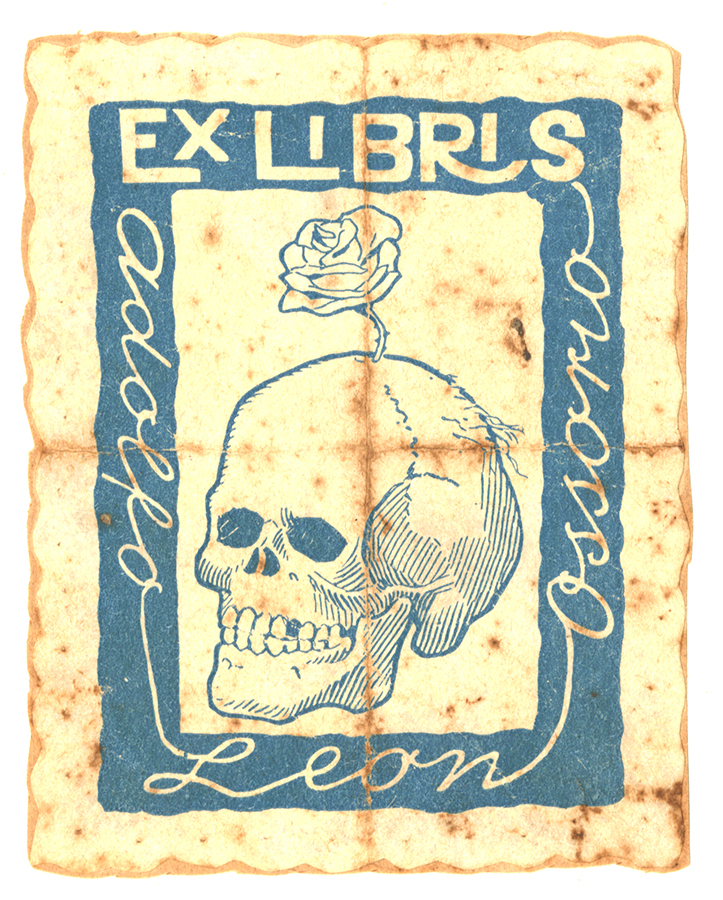
The Biblioteca Nacional José Marti (BNJM) is Cuba's national library in Havana, founded 1901 by military order after the United States hijacked Cuba's war of independence against Spain and turned it into the Spanish-American War. It's not the first library in Cuba; that distinction goes to the Biblioteca de la Sociedad Económica de Amigos del Pais, or Library of the Economic Society of the Friends of the Country, founded in 1793. After the revolution in 1959 BNJM's shelves swelled with books from private libraries nationalized by those fleeing the new society. It's a crucial public repository.
Interestingly, the United States – unlike most countries in the world – does not have a national library. Most people assume that that's what the Library of Congress is, but that's not true. “The first priority of the Library of Congress is to make knowledge and creativity available to the United States Congress,” says their mission statement.
In February of 1999 I visited the BNJM as part of a research project with the Cuba Poster Project to determine the best way to digitize their enormous collection of posters, which had been cataloged with crucial details such as artist, publisher, and year of publication.
My original idea was to scan the cards from the BNJM catalog and convert the data to machine-readable type through an optical character recognition program. After dragging a laptop and scanner from the U.S. to the library in Havana, it quickly became apparent that the type on the cards was too inconsistent and uneven to be readily understood by any machine, so I ended up scrapping that plan. But I had a scanner and some time on my hands. At that point Eliades Acosta, then-director of the BNJM, told me about a special collection of bookplates, or “ex libris" ("from the library of") ownership markers. Some of the catalog data here was supplied by the BNJM, others remain mysteries awaiting further research.
Gathered from books in the library's possession, the range was amazing. Some of them were hand-painted parchment from two centuries ago; others were whimsical artist's works from the mid-1960s. And they included names and locations not expected in Havana – George Washington, Ralph Radcliffe Whitehead, and Theodore “Teddy” Roosevelt. All are little jewels of literary art, and the director rightly felt that they merited more attention.
Return to Docs Populi - Documents for the Public
Click on thumbnail for larger image
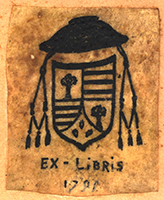
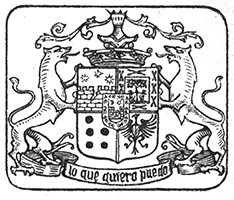
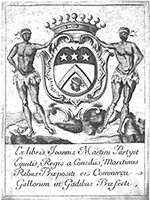
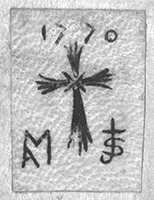
1. Felipe José de Trespalacios y Verdeja, 1791
2. “Lo que quiero, puedo" date unknown
3. Joannis Martini, circa 1800s
4. "AM JS" 1770
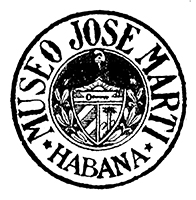
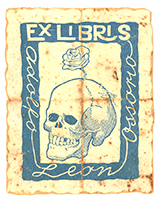
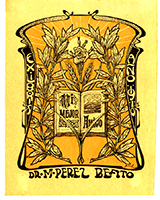
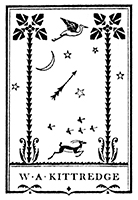
5. Museo José Marti, circa 1930s
6. Adolfo León Ossorio, circa 1940s
7. Manuel Pérez Beato, 1910
8. W. A. Kittredge, circa 1920s

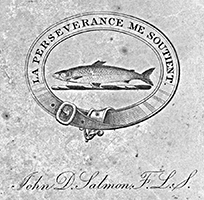
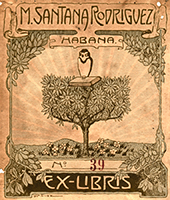
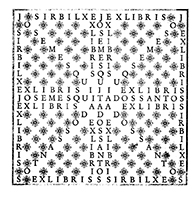
9. Ralph Radcliffe Whitehead, circa 1890s
10. John D. Salmon, circa 1880s
11. M. Santana Rodriguez, circa 1920s
12. José Mesquita dos Santos, circa 1920s
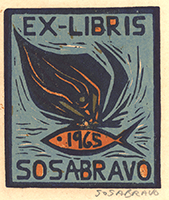
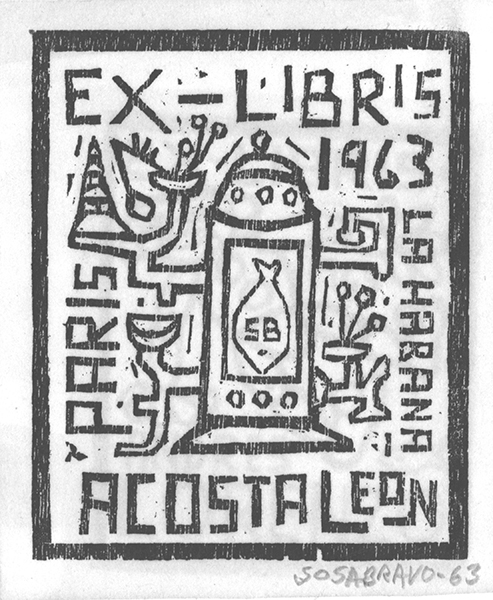
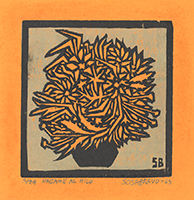
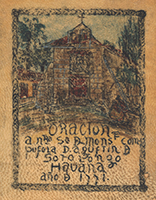
13. Alfredo Sosabravo, 1965
14. Alfredo Sosabravo, 1963
15. Alfredo Sosabravo, 1963
16. Agustin de Sotolongo, 1771
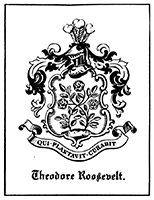
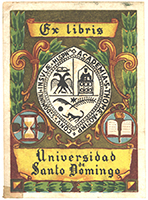
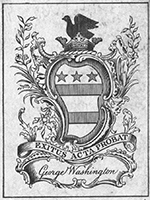
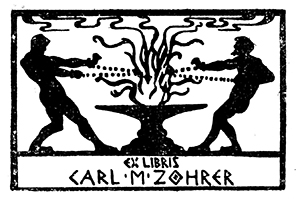
17. Theodore Roosevelt, circa 1900
18. University of Santo Domingo, circa 1900
19. George Washington, circa 1750
20. Carlos Maria Zoehrer, circa 1920s